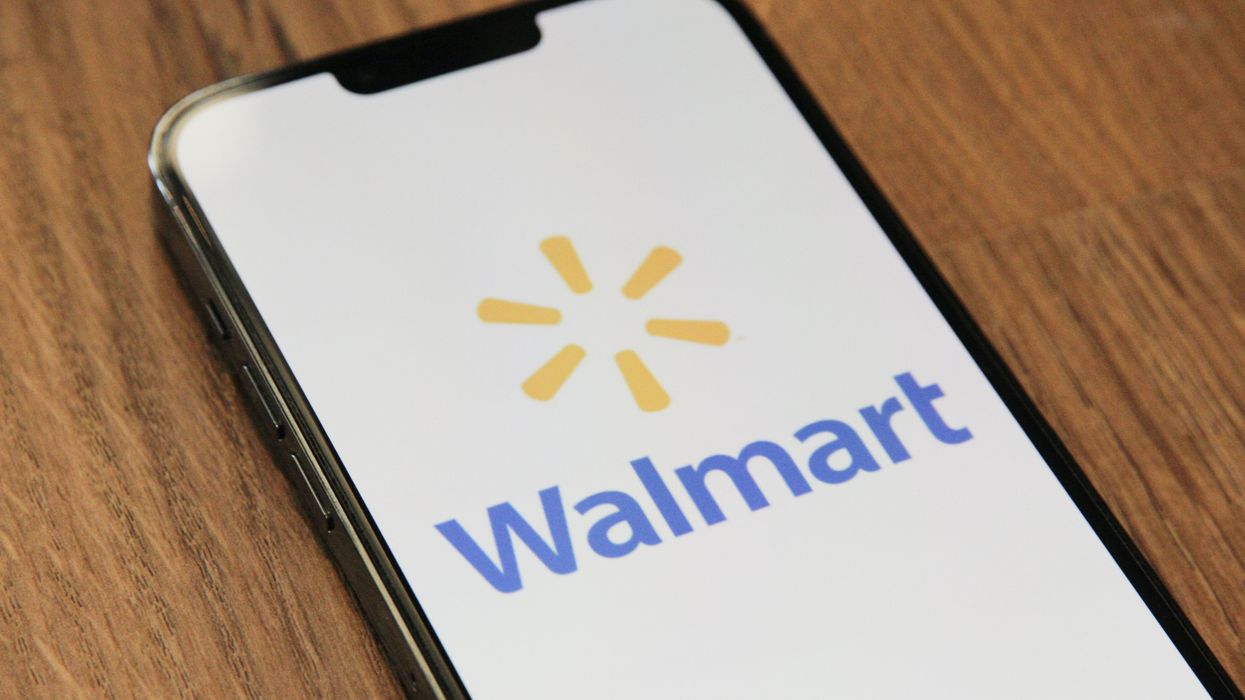For food company General Mills, an investment in data capabilities and supply chain technology is producing results for some of the fastest growing products in its vast portfolio, like Gushers fruit snacks and Pillsubry ready-made dough.
On an earnings call with analysts to recap the third quarter, CEO Jeff Harmening shared that the company is increasing investment in new capabilities by “double-digit” percentages in 2023, with investments in digital and technology leading the way. Over the past several years, the maker of Cheerios, Pillsubry and Chex Mix has invested more than $100 million in this area.
One area where this is playing out is fruit snacks, which Harmening called an “underappreciated local gem in our portfolio.” The company made a $100 million capacity expansion across brands like Fruit Roll-Ups, Fruit by the Foot and Gushers. When it went to market with that increased product footprint, it was augmented by digital capabilities.
“Year-to-date, we've driven a 44% increase in our ecommerce retail sales on fruit snacks by optimizing our online shelf and consumer experience, leveraging our connected commerce capability,” Harmening said. “We've also expanded our fruit snacks presence in impulse channels, launching new peggable packaging that has helped us drive a 12-point increase in fruit snacks market share in convenience stores.”
Put these marketing, digital and operational elements together, and it is producing growth. US fruit snack sales are up nearly 70% since fiscal year 2018 to more than $800 million dollars, executives said, while market share is up by about 4.5 points to 54% of the category.
The digital investment at General Mills has multiple components. At the top of the funnel is “connected commerce,” which describes the company’s more performance-oriented approach to marketing. This has included an investment in purchase-level data that can help the company understand its customers and better reach them on digital channels.
“We've invested heavily to acquire first-party data and really make sure that we have a strong marketing engagement platform that we can then serve up relevant messaging at scale and really customized for our consumers. We're seeing really incredible returns from that,” said John Nudi, group president of the company’s North America segment.
One recent example of General Mills using these capabilities came with Pillsbury, where ready-made dough sales rose 50% as the brand gained five percentage points of market share over the last five years. Recently, Pillsbury put data to use in marketing as it encouraged consumers to use products outside the oven.
“By targeting our ‘make homemade’ messaging to consumers who recently purchased an air fryer, we were able to drive lower cost-per-click and convert a higher share of our new Pillsbury consumers, further building confidence in the value of our first-party data,” Nudi said.
The insight is timely. First-party data is increasingly valuable in consumer marketing, especially following signal loss of third-party data used by social platforms that resulted from Apple's App Tracking Transparency changes. It's also the data that helps to power retail media networks on marketplaces like Amazon, Kroger and Instacart, which are growing rapidly in this changed environment.
When it comes to the transaction itself, Nudi said the company is “ambivalent” about whether it takes place online or in-store, as “the margins are the same.”
Along with these capabilities in marketing, the company developed tools to understand the digital retail environment, just like it has long used tools from firms like Nielsen to understand the brick-and-mortar store.
“We had to develop the dashboards for our team…to really look at the metrics that matter, make sure the digital shelf is correct, make sure that our search metrics [were] where they needed to be. And a lot of that is now digitized,” Nudi said. “It's on our leaders’ computers every day in a dashboard form, and they're making real-time adjustments to the business. So I think you're seeing it actually translate into strong performance in the market today.”












